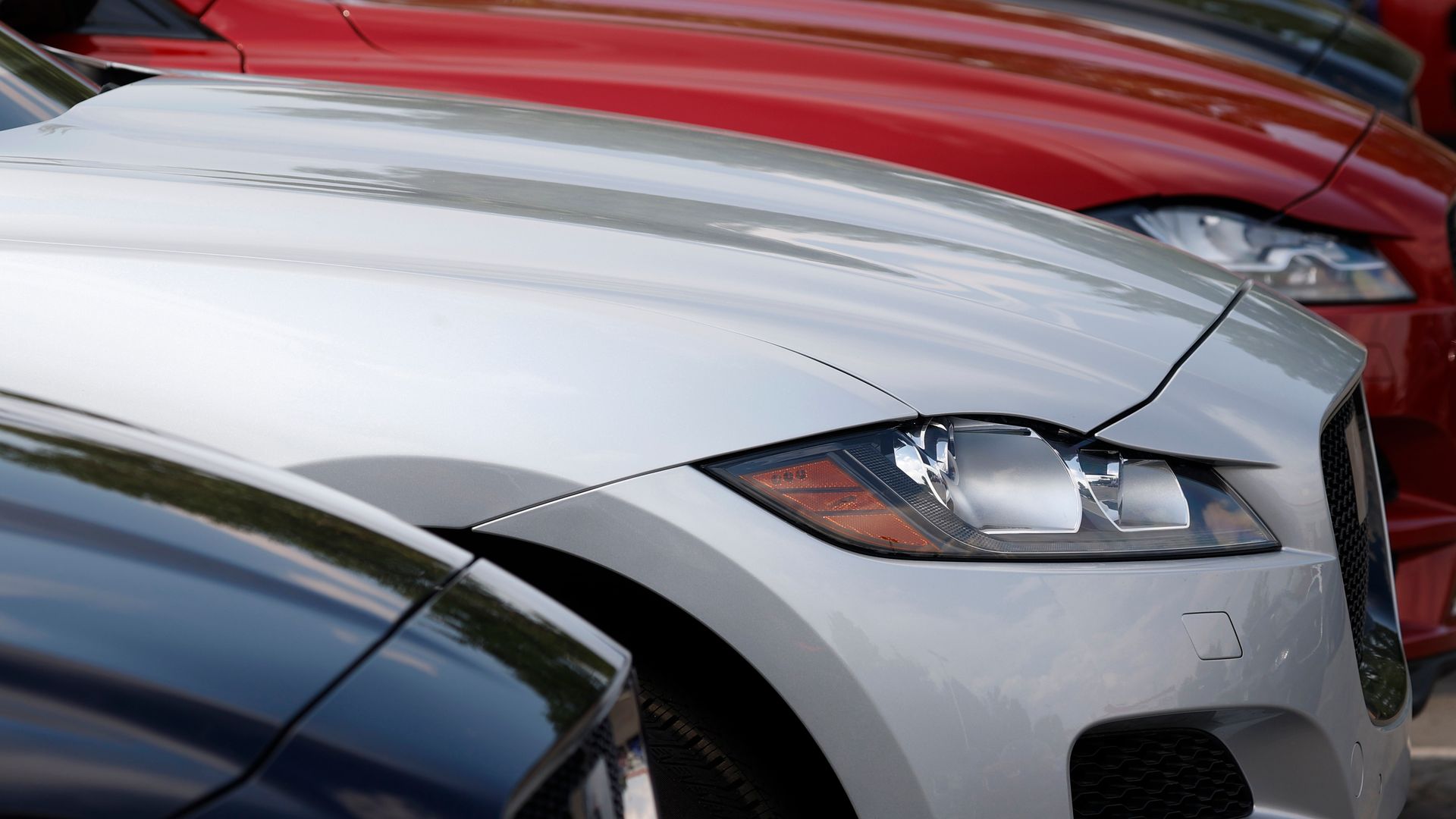
AMERICANS ARE FALLING BEHIND ON THEIR CAR PAYMENTS AT THE HIGHEST RATE SEEN IN ABOUT THIRTY YEARS.
AFTER THE FEDERAL GOVERNMENT LOWERED INTEREST RATES DURING THE COVID PANDEMIC, ONLY TWO- POINT -SIX PERCENT OF SUBPRIME AUTO BORROWERS WERE AT LEAST SIXTY DAYS PAST DUE ON THEIR LOANS IN MAY OF 2021.
HOWEVER, WITH INCREASES TO AVERAGE CAR PRICES AND INTEREST RATES BACK ON THE RISE, THAT NUMBER HAS NOW JUMPED TO SIX POINT ONE PERCENT OF BORROWERS, A TOTAL NOT SEEN SINCE 1994.
AND RELIEF FOR THOSE IN DEBT MAY STILL BE A LONG WAYS OFF, AS FEDERAL RESERVE OFFICIALS HAVE PREDICTED THAT HIGHER INTEREST RATES WILL CONTINUE THROUGH 20-26.
LAST MONTH, TYPICAL NEW VEHICLE LOAN INTEREST RATES ROSE TO A NEW PEAK, AND THOSE WITH BAD CREDIT COULD BE FACED WITH RATES UPWARDS OF TWENTY PERCENT ACCORDING TO BANKRATE.
EDMUNDS, AN AUTOMOTIVE INVENTORY AND INFORMATION RESOURCE, REPORTED MORE THAN 1 IN 6 PEOPLE WHO FINANCED A VEHICLE IN THE SECOND QUARTER OF 2023 HAVE A MONTHLY PAYMENT OF ONE THOUSAND DOLLARS OR MORE, AN ALL-TIME HIGH.
THAT PUTS THE AVERAGE NEW CAR PAYMENT UP BY ALMOST FORTY PERCENT OVER THE PAST FIVE YEARS.
MEANWHILE, AUTOMOBILE COSTS ARE SIMILARLY AT A NEAR ALL-TIME HIGH.
THE AVERAGE STICKER PRICE FOR A NEW CAR NOW SITS LESS THAN FIVE HUNDRED DOLLARS AWAY FROM THE RECORD OF FORTY SEVEN THOUSAND DOLLARS SET BACK IN JANUARY.
A VEHICLE AFFORDABILITY INDEX FOUND THE TOTAL MEDIAN WEEKS OF INCOME NEEDED TO PURCHASE THE AVERAGE NEW VEHICLE NOW STANDS AT OVER FORTY TWO WEEKS – CLOSE TO ONE YEAR’S WORTH OF PAY.
OVER THE SUMMER, INDUSTRY EXPERTS LIKE BRAIN MOODY, EXECUTIVE EDITOR OF AUTOTRADER DOT COM, SAID THAT WHILE THE CURRENT STATE OF CAR LOAN DELINQUENCIES WAS CONCERNING, IT HAD NOT HIT THE POINT OF BECOMING CAUSE FOR ALARM.
(6:44-6:47)
“They’re up a little bit, but I don’t think they’re up to the point of it being alarming.”
BUT AS THESE TRENDS HAVE CONTINUED, OTHERS HAVE NOW EXPRESSED FEARS THAT CONTINUED HIGHER RATES OF SUBPRIME BORROWERS FALLING BEHIND ON THEIR AUTO PAYMENTS COULD PRECEDE AN ECONOMIC BUBBLE BURST.
MARGARET ROWE, SENIOR DIRECTOR AT FITCH RATINGS, SAID THE TRENDS OF SUBPRIME BORROWERS CAN OFTEN BE THE FIRST INDICATION OF QUOTE WHERE WE START TO SEE THE NEGATIVE EFFECTS OF MACROECONOMIC HEADWINDS.
THE HOUSING MARKET CRASH OF THE LATE TWO THOUSANDS WAS DRIVEN BY SUBPRIME BORROWERS BEING UNABLE TO KEEP UP ON THEIR MORTGAGE PAYMENTS, FURTHER FUELING FEARS THE AUTO MARKET MAY BE DRIVING TOWARD A SIMILAR RESULT.











